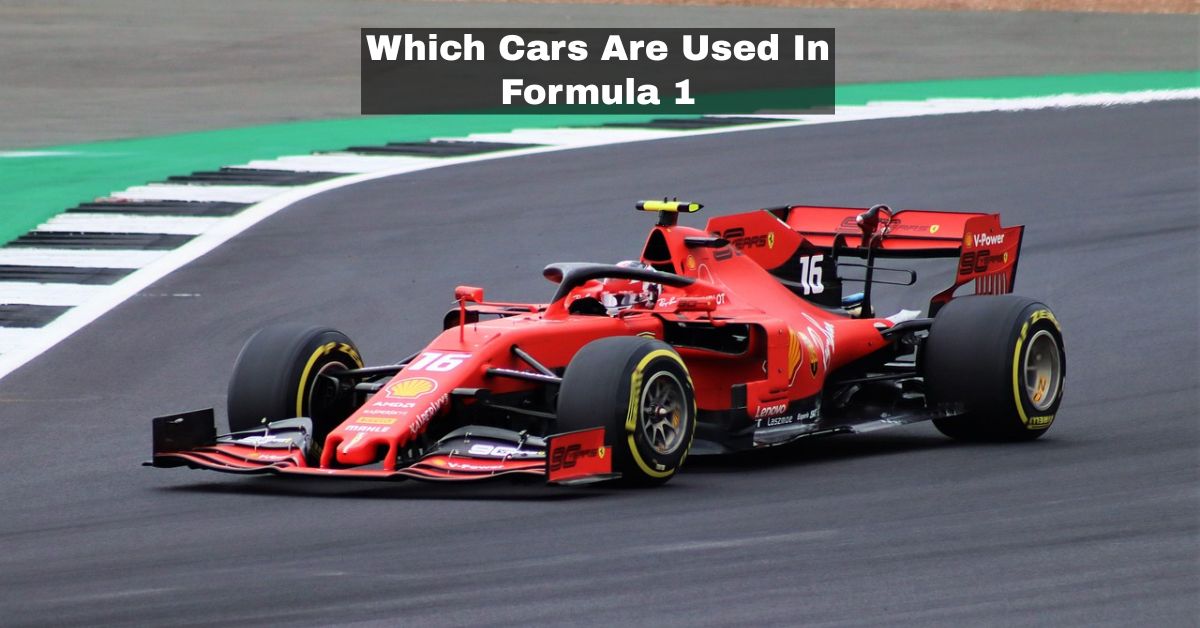Which Cars Are Used In Formula 1? This question opens up an exciting look into the world of high-performance machines and cutting-edge racing technology. Unlike regular cars from brands like Ford or Toyota that you see on the road, Formula 1 cars are custom-built by expert racing teams known as “constructors.” These cars are one-of-a-kind, designed specifically for racing under strict rules. Even if the team is backed by big names like Ferrari or Mercedes-Benz, the cars themselves are specially engineered for speed, precision, and competition — not something you can buy at a dealership.
How Formula 1 Cars Are Made and Designed
Formula 1 is the top level of motorsport, where teams compete in an intense engineering race within strict rules set by the FIA (Fédération Internationale de l’Automobile). All F1 cars may look similar with their open-wheel, single-seater design, but each one is the result of thousands of hours of research, development, and wind tunnel testing. There isn’t just one standard “Formula 1 car” — instead, there are eight different cars on the grid, each designed by its team based on their unique take on the rulebook.
Key Parts That Make Up a Formula 1 Car
The core of every Formula 1 car is its chassis, called a “monocoque.” This is a one-piece shell made from advanced carbon fiber, which is super strong yet very light. Carbon fiber is used because it provides excellent safety and rigidity while keeping the car lightweight. The monocoque is designed as a survival cell to protect the driver during high-speed crashes. Around this sturdy structure, all other important parts of the car are built and connected.
Inside the Engine: How F1 Power Units Work
The engine in a Formula 1 car is a true piece of modern engineering. Since 2014, F1 cars have used 1.6-liter V6 turbocharged hybrid engines. But they’re more than just regular engines — they also include advanced energy recovery systems. These systems use two key components: the MGU-K, which collects energy when the car brakes, and the MGU-H, which captures heat energy from the exhaust. This energy is stored in a battery and used later for extra power. While all teams follow the same basic engine rules, each manufacturer — like Mercedes, Ferrari, Renault, or Honda — builds its own unique version, making engine development a key part of the competition.
Famous F1 Cars and Their Legendary Makers
Over the years, many Formula 1 cars have become legends — not just because they were fast, but because of their winning streaks, stunning designs, or groundbreaking technology. Each F1 team designs its own car, making every machine unique. Here are 8 iconic cars (or eras of cars) that left a lasting mark on Formula 1 history, thanks to their performance and innovation.
Ferrari F2002/F2004
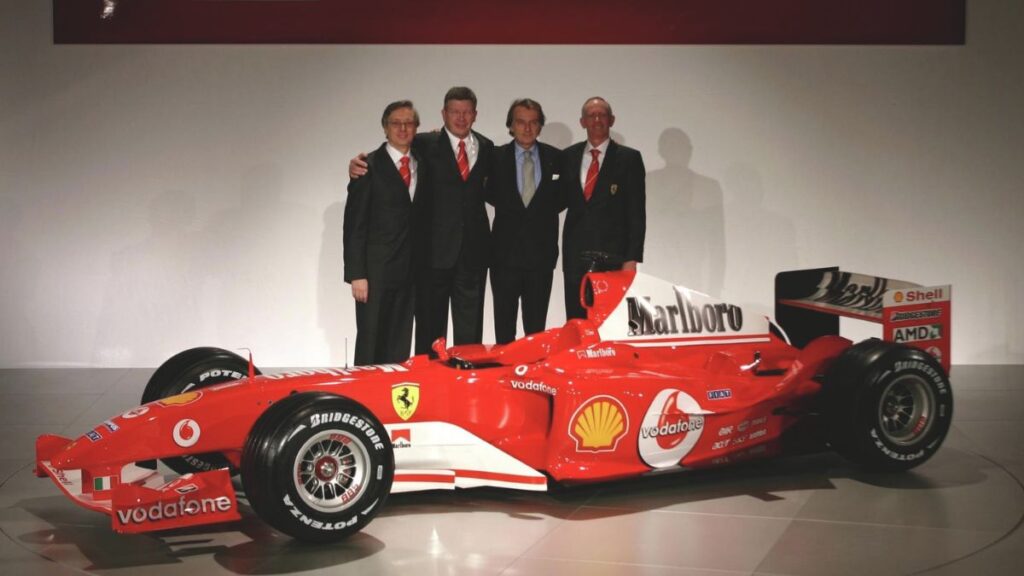
These cars ruled the early 2000s, helping Michael Schumacher win several world championships. They marked a time when Ferrari dominated Formula 1 like never before.
McLaren MP4/4
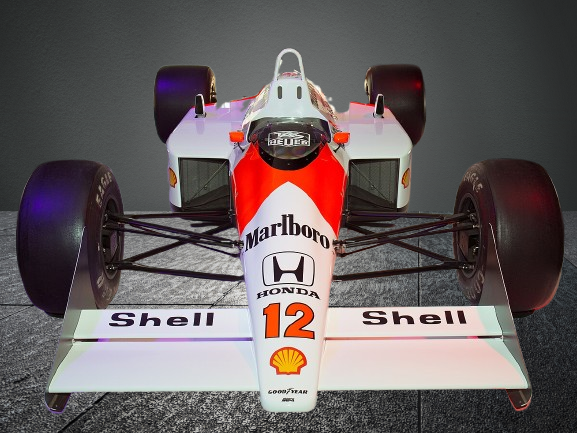
The 1988 McLaren MP4/4 is one of the most successful F1 cars ever, winning 15 out of 16 races with legends Ayrton Senna and Alain Prost, thanks to its powerful Honda V6 turbo engine.
Mercedes F1 W07 Hybrid
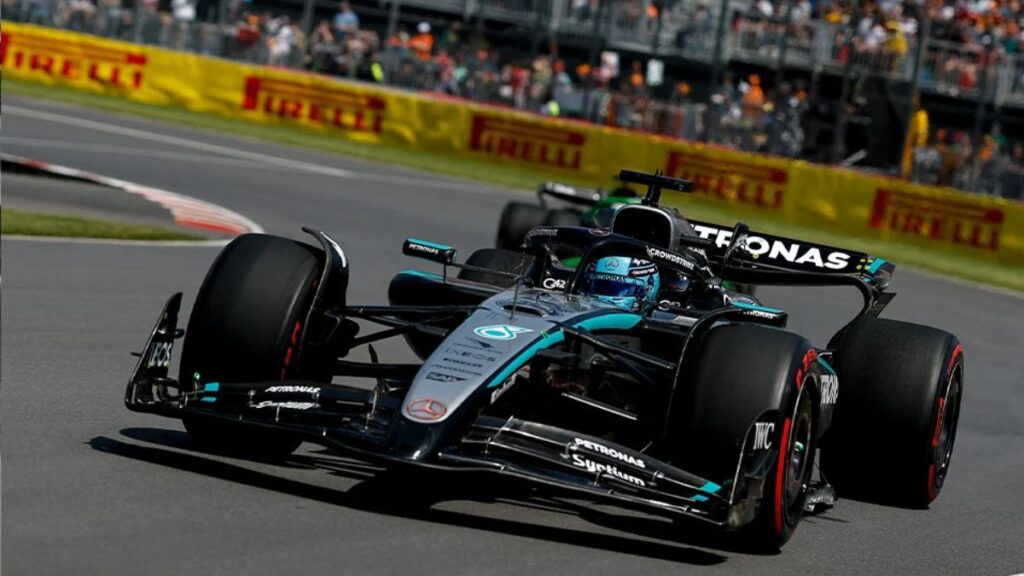
The 2016 Mercedes W07 was one of the most dominant cars of the hybrid era, helping Lewis Hamilton and the team continue their winning streak and cementing Mercedes’ place at the top of Formula 1.
Red Bull RB9 / RB19
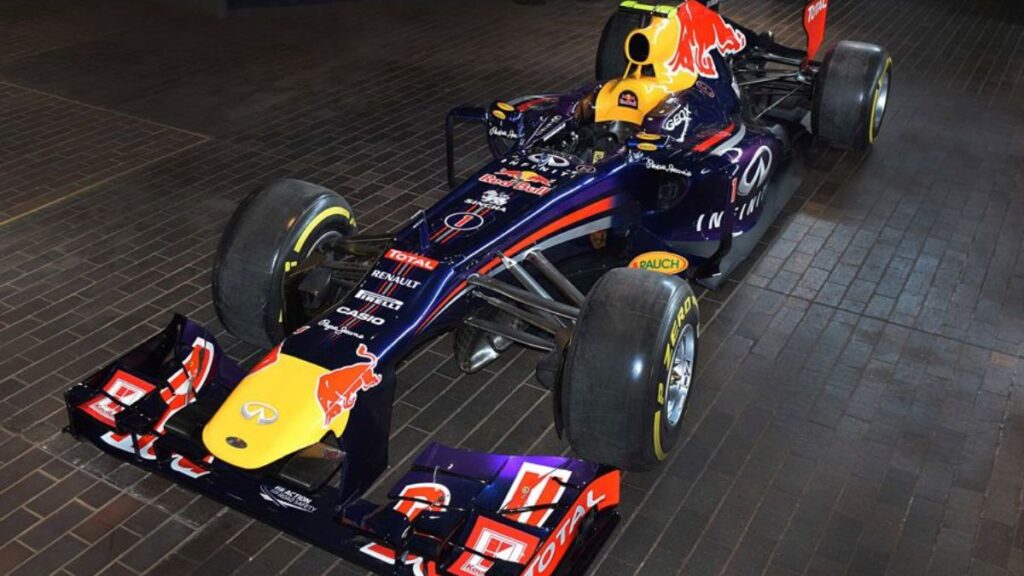
The RB9, crafted by Adrian Newey, ruled the 2013 season with Sebastian Vettel. A decade later, the RB19 in 2023 shattered records with Max Verstappen, proving Red Bull Racing’s unmatched engineering skills.
Williams FW14B
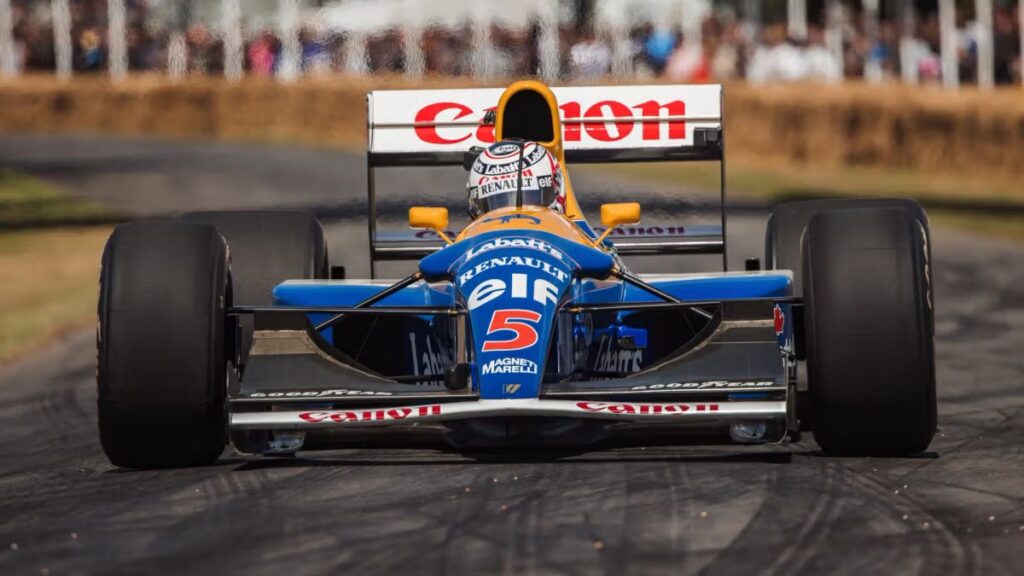
The 1992 Williams FW14B, driven by Nigel Mansell, was a standout car known for its advanced active suspension. Its cutting-edge tech made it almost unbeatable on the track that season.
Lotus 72
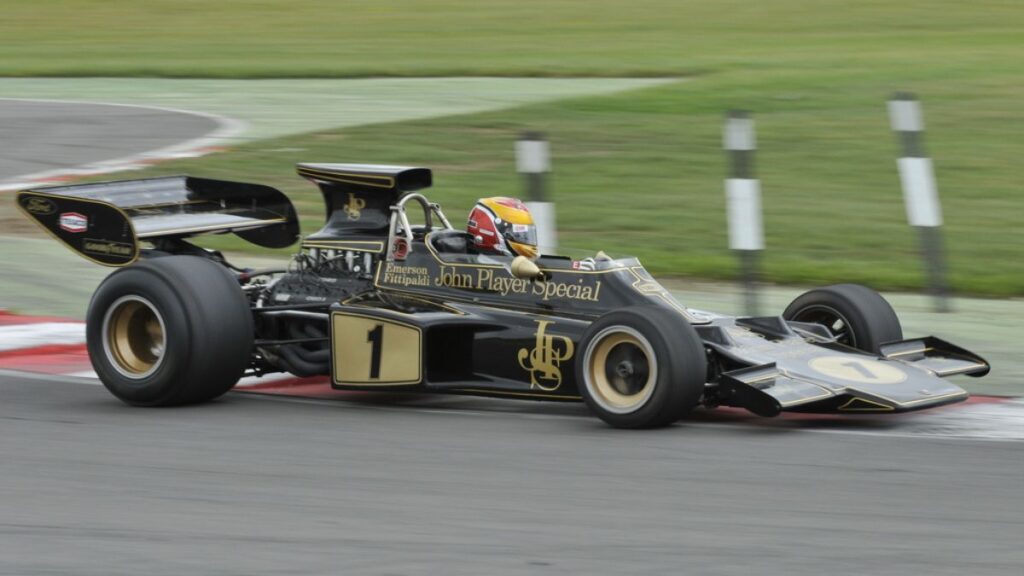
The Lotus 72, a legendary car from the 1970s, introduced game-changing features like side-mounted radiators and inboard brakes. It won multiple championships and stayed competitive for years.
Alfa Romeo 158/159 Alfetta
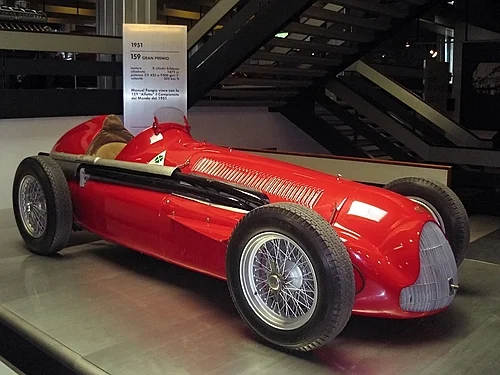
These cars dominated the first ever Formula 1 seasons in 1950 and 1951, showcasing the sport’s early engineering brilliance and setting the tone for F1’s future.
Ferrari 500
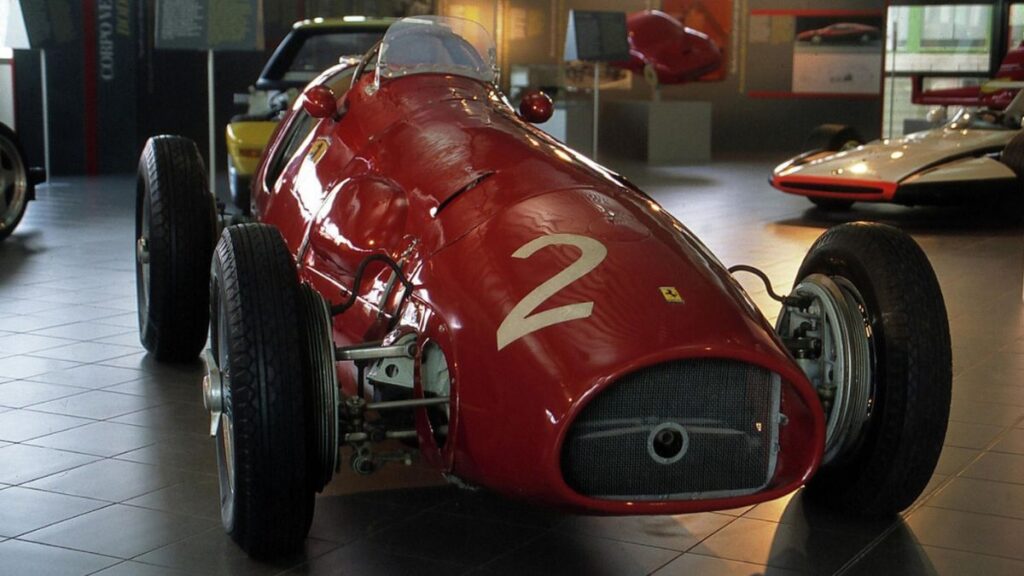
In the early 1950s, the Ferrari 500 gave the brand its first World Championship wins with Alberto Ascari. Its light, four-cylinder engine made it perfect for the racing rules of that time.
What Makes a Formula 1 Car Special
Simply put, a Formula 1 car isn’t something you’ll find in a showroom — it’s a custom-built racing machine made purely for speed and performance. Every team creates its own car, shaped by their unique design ideas and technical skills, all while following strict FIA rules. These cars reflect the highest level of engineering and teamwork, making every race a thrilling display of both machine and human talent.

